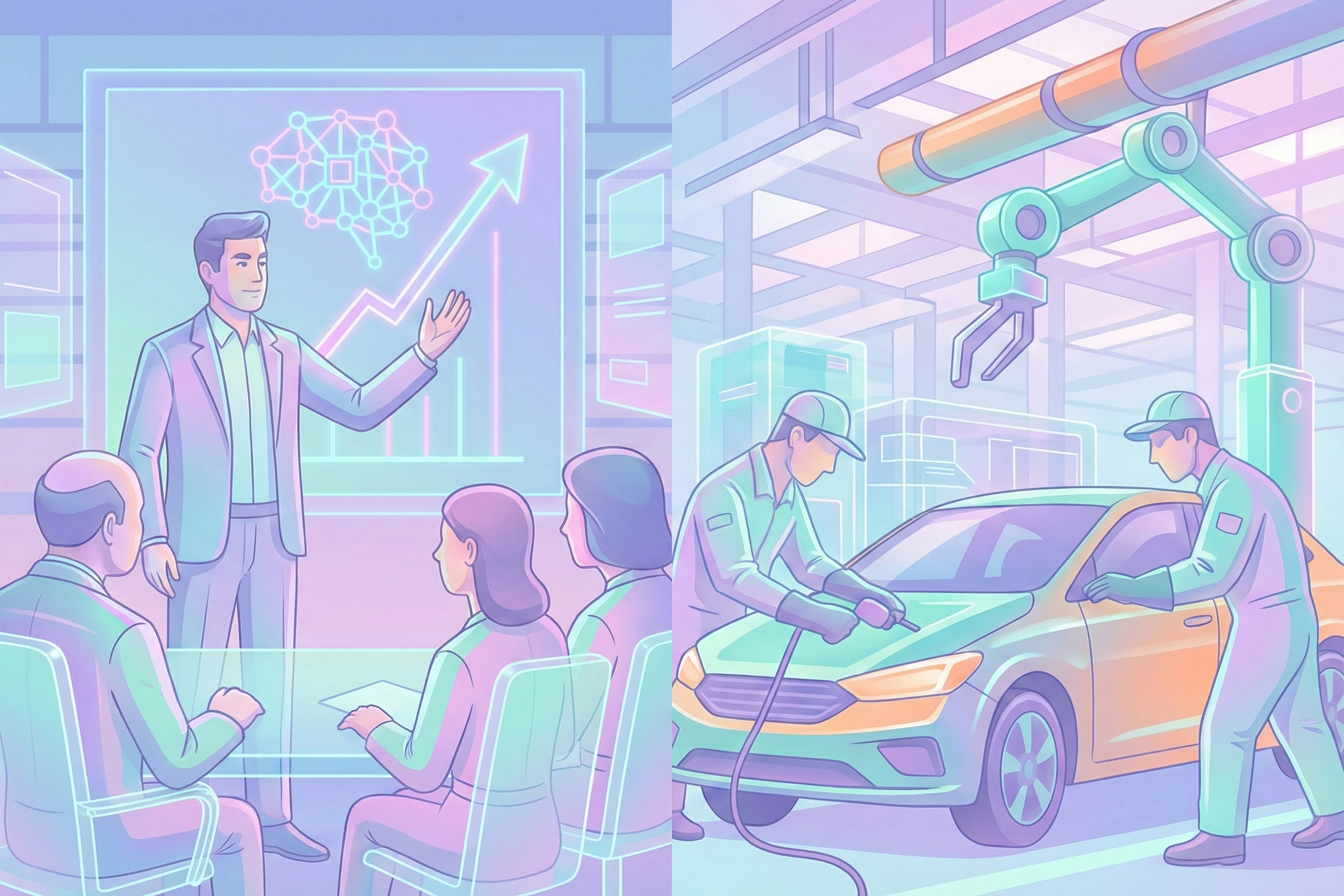
On July 17th Elon Musk unveiled the latest plans for Neuralink, his new venture that is working on brain-computer interfaces (BCIs). His main reasoning behind building BCIs, is to merge the human species with AI to ensure that humans will co-evolve with A.I. instead of being left behind. However, by connecting our brains to our computers, we also have to rethink what ‘actions’ are and what agency means in general.
BCIs still seem like science-fiction to many people, even though they have already existed for quite some time, albeit in a rudimentary form. The history of brains interfacing with machines started with the development of electroencephalography (EEG) by Hans Berger in 1924 which enabled him to non-invasively record electrical brain activity in humans. Forty years later, Alvin Lucier combined EEG with signal processing hardware to stimulate acoustic percussion to make the music piece Music for Solo Performer. Subsequently, in 1988, a paper was published on how EEG was used for the first time to control a robot arm. Thirty years later, a group of researchers demonstrated the first multi-person non-invasive direct brain-to-brain interface using EEG and magnetic stimulation. Invasive BCIs, which offer the advantage of being more precise but at the cost of having to undergo surgery, experienced their breakthrough moment in 2006 when a team led by Brown University and Massachusetts General Hospital published early trial results that demonstrate how their microelectrode array ‘BrainGate’ allowed a person with paralysis of both arms and both legs to control a prosthetic hand, robotic limb and computer cursor through the power of thought. As the different progressions exemplify, the development of BCIs has grown into a multidisciplinary field covering neuroscience, engineering, materials science and machine learning.Besides invasiveness and non-invasiveness, we can also make distinctions between BCIs based on what they control (e.g. linguistic/motor/virtual worlds), if they can only read or also write to the brain and how they are controlled, namely actively, reactively or passively. With active BCIs the user intentionally performs a mental task which correlates with a specific brain activity pattern, which in turn is detected by the BCI system and used as an input (e.g. the user controls a robot arm by imagining lifting his right arm). Reactive interfaces are almost similar to active interfaces, but trigger the user’s mental activity through preprogrammed cues (e.g. responding to flashing characters on a screen). In contrast, passive BCIs are triggered by some mental states, that don’t demand an intentional mental task from the user (e.g. showing soothing colors in-game when the BCI notices heightened stress levels). According to Steinert et al. (2018) these distinctions play an important role when thinking about the potential ethical and legal implications of BCIs regarding agency. Firstly, based on philosophical action theory, actions mediated by active BCIs are perceived as non-basic actions, i.e. actions that are performed by doing something else (after all, you move a robot arm by imagining lifting your real arm). In contrast, lifting your real arm is a basic action, as you just lift your arm (without having to imagine it). As a result, with the BCI we end up in a disembodied situation and ‘legal limbo’ in which we can manipulate the world without really acting in the traditional sense. Passive BCIs are even more complicated since an action is triggered without intentionally doing something. Furthermore, the fact that thoughts can trigger a non-basic action also has important consequences for the freedom of thought, as there is the potential that a mere thought can already have physical consequences and limit the freedom of others. Then there is also the issue of a BCI-mediated action which is not carried out as intended by the user due to malfunctioning, mistake or bad intent. Moreover, agency is further eroded with the possibility of writing brain states as BCIs could become a way in which thoughts and intentions are planted.Given the many ambiguities and implications of BCIs, it will become important to develop a legal and institutional framework for the regulation of these interfaces in order to guarantee freedom in society. As a result, we can see that the most intimate part of ourselves could become heavily scrutinized and politicized in the future. Moreover, we will probably have to develop a form of meta-cognition as we continuously have to monitor one’s own mental state.

